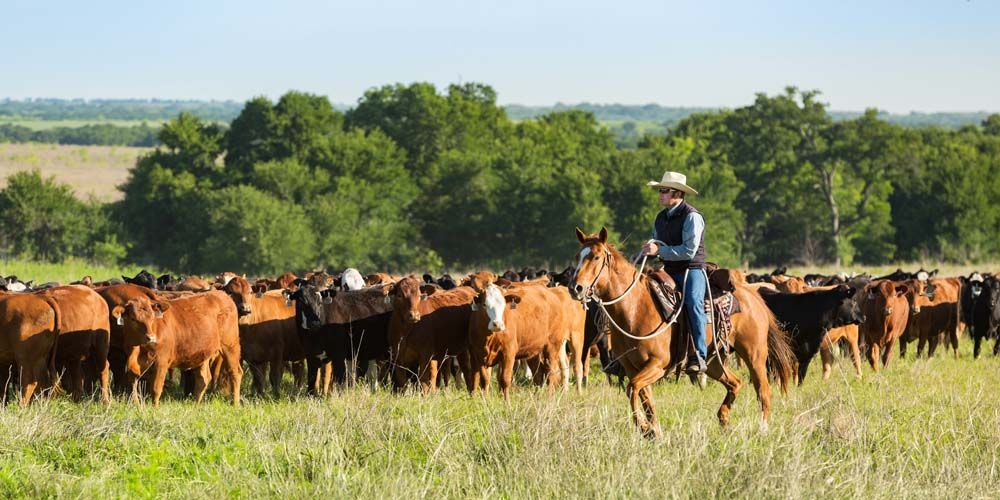Farmers Test Benefits Hemp Stalks to Produce Mushrooms
Turning waste into a growth medium
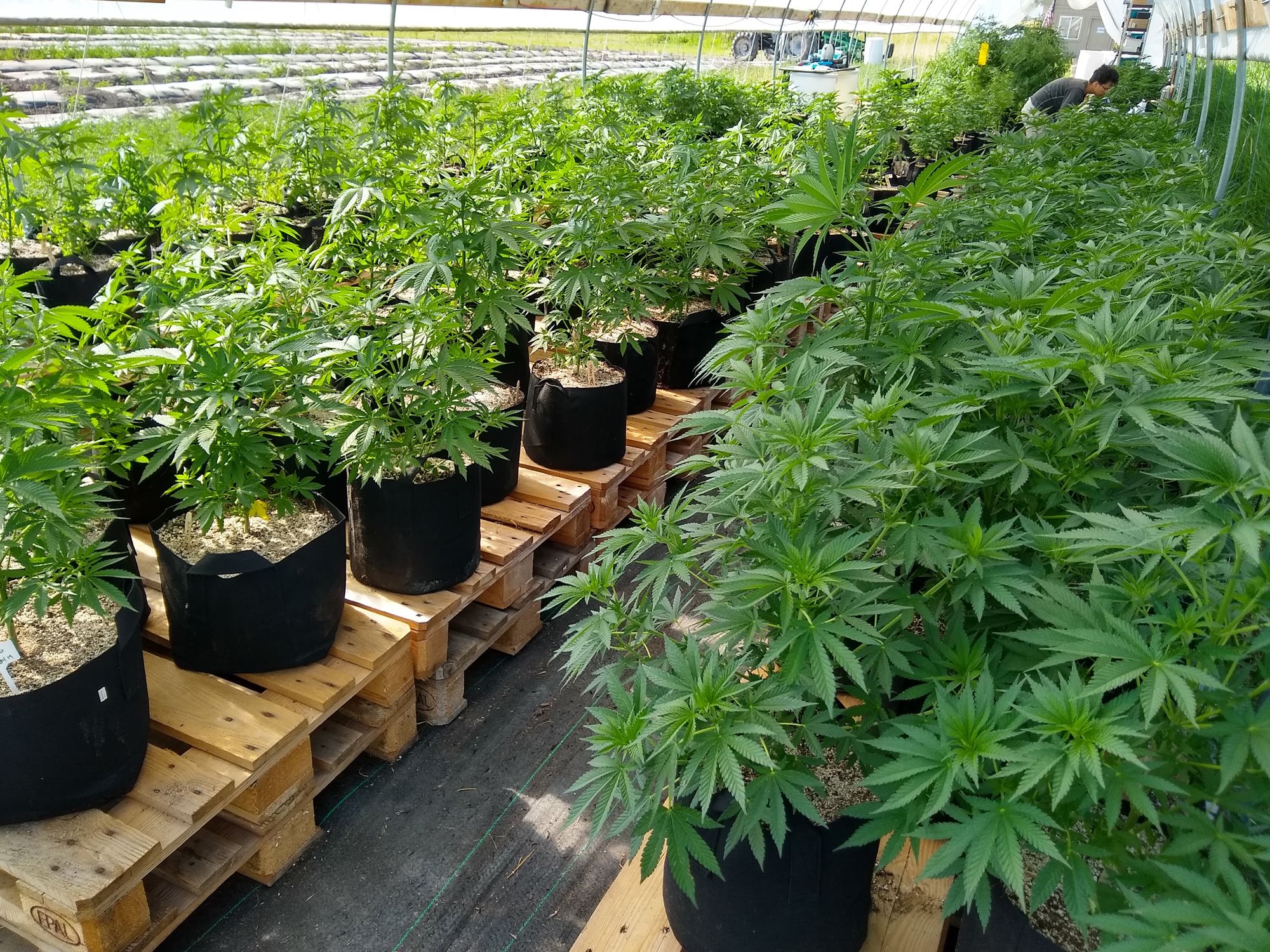

When optimists are buried in proverbial lemons, they make lemonade. When the women who own Intentional Growth Farm in Utah had too many hemp stalks, they produced exceptionally large, tasty mushrooms.
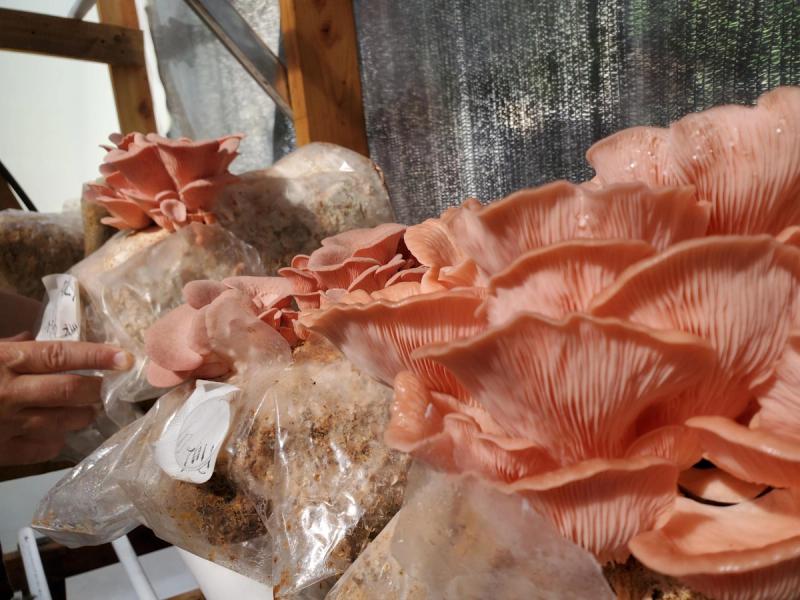
“We used the hemp stalks as the nutrient source for our oyster mushrooms, and customers said they were the best mushrooms they ever tasted,” explained Natasha Quinones-Rodriguez, who manages crop production at Intentional Growth Farm, a small collection of greenhouses in Logan, Utah. “We suspect hemp stalks can increase specialty mushroom yield and nutrition while reducing production costs and providing a valuable use for industrial hemp waste.”
Quinones-Rodriguez recently received a $25,000 grant from Western Sustainable Agriculture Research and Education to compare the economical, nutritional and environmental benefits of cultivating mushrooms with hemp stalks rather than the more commonly used straw. Other farmers have used hemp stalks to feed mushrooms, but there is little data to support the practice.
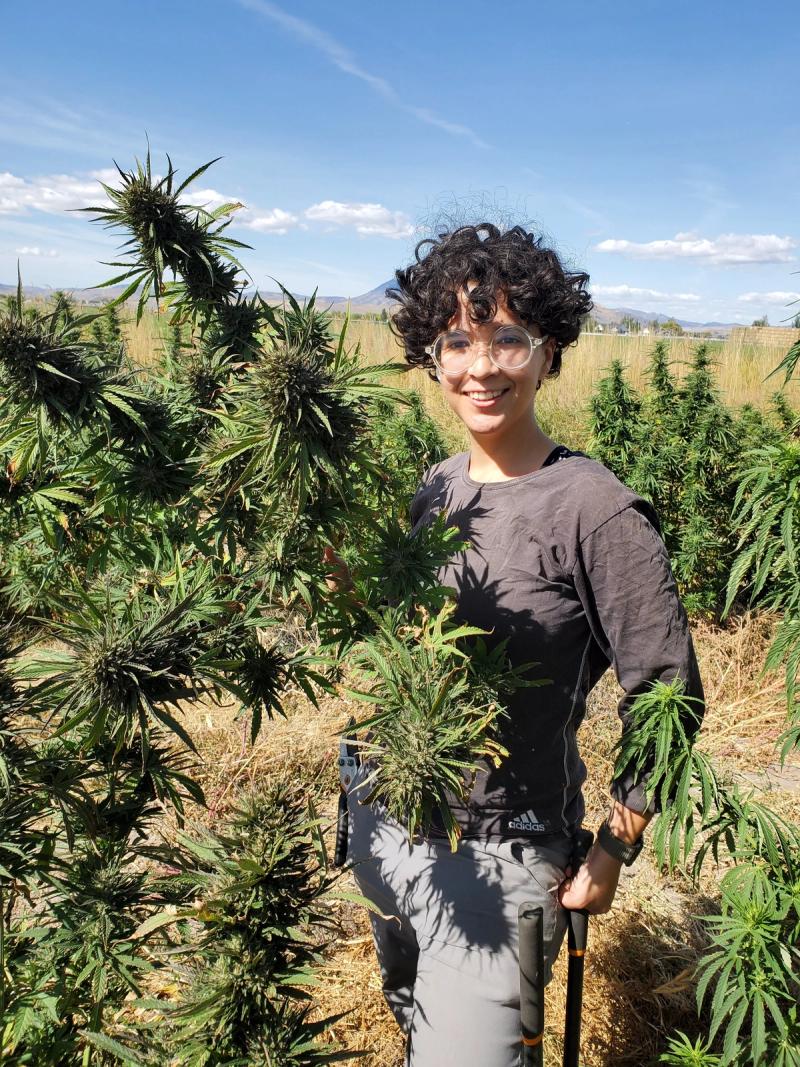
“We will be working with scientists at Utah State University so we can help develop empirical evidence to share with other farmers,” said Quinones- Rodriguez, who runs Intentional Growth Farm along with Margie Rycewicz-Borecki.
Quinones-Rodriguez and Margie Rycewicz-Borecki started growing hemp three years ago. Like most hemp farmers, they soon found themselves surrounded by small mountains of hemp waste.
“The stalks really pile up,” Quinones-Rodriguez said. “Some farmers burn them, which can be harmful for the environment. You can bury them or turn them into charcoal, but those weren’t good options for us. So, I started exploring whether I could use them as a nutrient source for specialty mushrooms.”
Farmers can use any natural plant fiber material to cultivate mushrooms. Straw is the most common substrate, but Quinones-Rodriguez was inspired to apply recycled hemp stalks instead.
“The mushrooms really took off, and they look beautiful,” she said. “I was able to use almost all the hemp stalks we had stacked on the farm, so it was economical and good for the environment.”
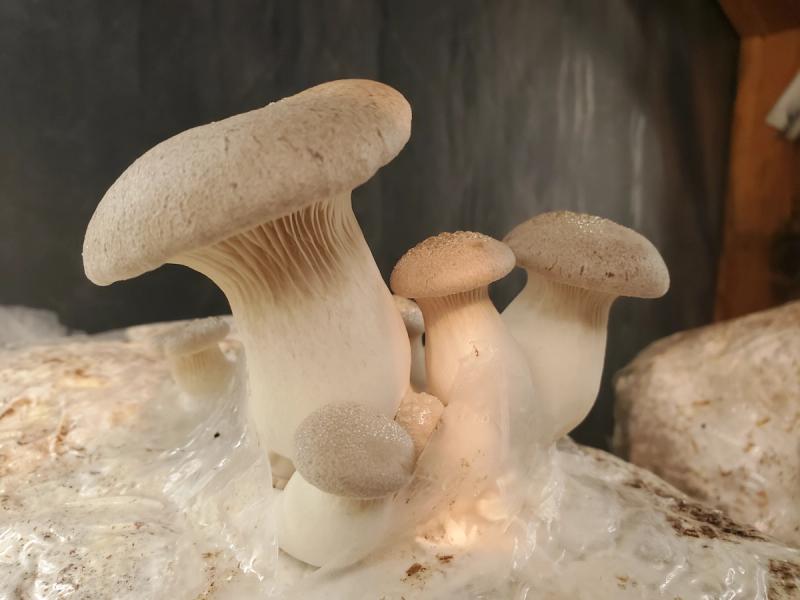
Quinones-Rodriguez is now cultivating mushrooms in separate containers, half of them fed with a mixture of hemp stalk and sawdust and the others grown with the traditional straw and sawdust. She is calculating the production costs and assessing whether mold is more likely to form with one or the other method because moldy mushrooms need to be discarded.
“Plus, we’ll work with the lab to calculate the mushrooms’ nutrient value,” she said.
Intentional Growth Farm will host workshops and farm tours to share their findings.
“If you asked a hemp farmer if you could buy or have their hemp stalks, I think most of them would be thrilled,” she said. “Finding a productive use for this industrial hemp waste product could be good for the environment and for farmers throughout the West.”
Information provided by Western SARE
Hemp, that’s like marijuana, right?
Margie Rycewicz-Borecki gets this question all the time. And the answer is “Not exactly, but the two are related.” Margie grows industrial hemp to extract crucial cannabinoids like CBD to use in products they sell.
And, no, you can’t get high—there’s no THC, the psychoactive part of marijuana.
“You need the female cannabis plants because the males don’t have any cannabinoids in them” she notes. “The CBD, CBG, and CBN are some of the more common cannabinoids that all hemp plants have are…in the flower.” That means the big 5 fan leaves that are a near-universal symbol of marijuana? No cannabinoids at all, unless it happens by accident.
She explained that these cannabinoids can be extracted for oils, tonics, creams, and more. “People are realizing the health benefits.”
In addition to growing microgreens and mushrooms, Hemp Folk is part of their business, offering a dozen handmade, artisan, top-shelf CBD products. They produce a pain-relieving topical products including creams and a roll-on, CBD body butter, and oil CBD tincture and gummies—all with a known amount of CBD clearly labeled.
A long troubled history
Hemp as a crop has been around for thousands of years, but fell out of favor in the U.S. before WW II when it erroneously came under the Marijuana Tax Act of 1937—and it was a false association. For decades, the government did not differentiate hemp from other cannabis plants. That resolved about 3 years ago.
Hemp can be used for fibers, textiles, paper, building and insulation materials, cosmetics, animal feed, food, and beverages, “Hemp can also be grown for fibers, for food, and it’s great for fatty acids,” Margie notes, who holds a PhD in plant uptake of nutrients and metals.
“THC is said to have positive attributes in addition to making you high,” Margie said. “CBD does not make you high but it does help with seizures, help with depression and anxiety.”
You have to realize is that Margie is a big fan of cannabis plants. “It was always a dream of mine to plant cannabis—I just love the plant—for people who need medications, and what we have (commercially) are opioids and anti-depressants. So I thought, ‘Why not take a natural path toward recovery?’”
“Being at the forefront of producing the research of what this plant can and can’t accomplish…it was important for me to start at the base level. I want to be able to grow it, extract it, and when I sell it I can sell all of the plant.”

For more information:
Visit intentionalfolk.com to learn about the microgreens, mushrooms, and CBD products they offer.
Tags:Acreage Accents

Acreage Life is part of the Catalyst Communications Network publication family.













